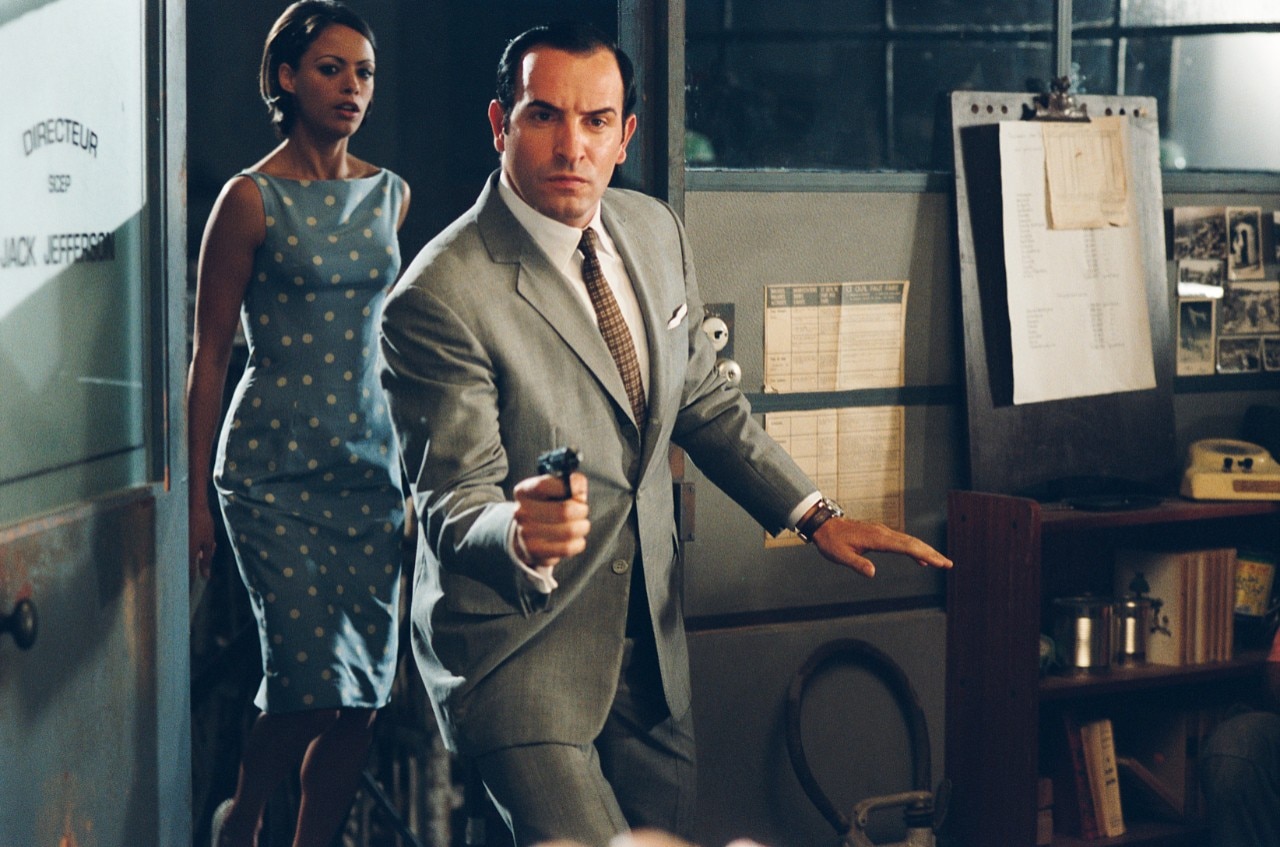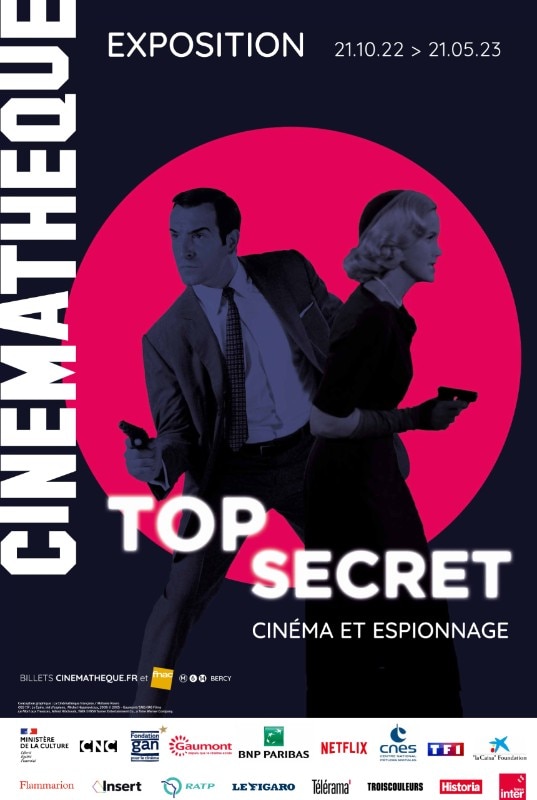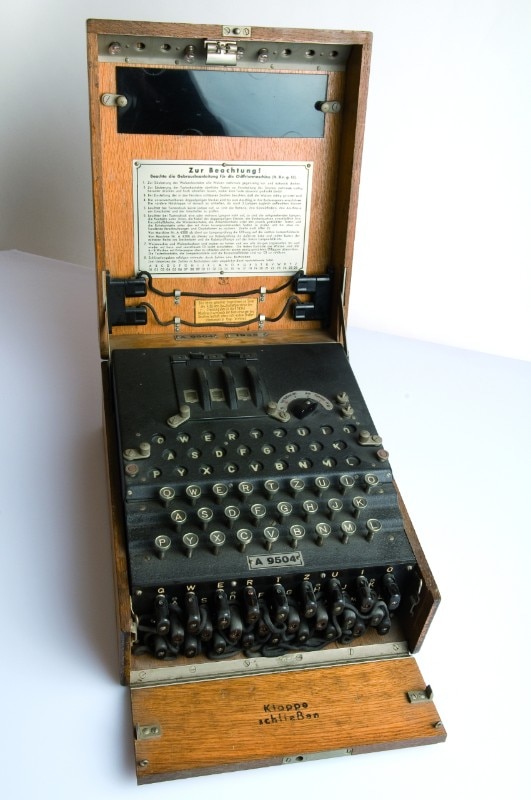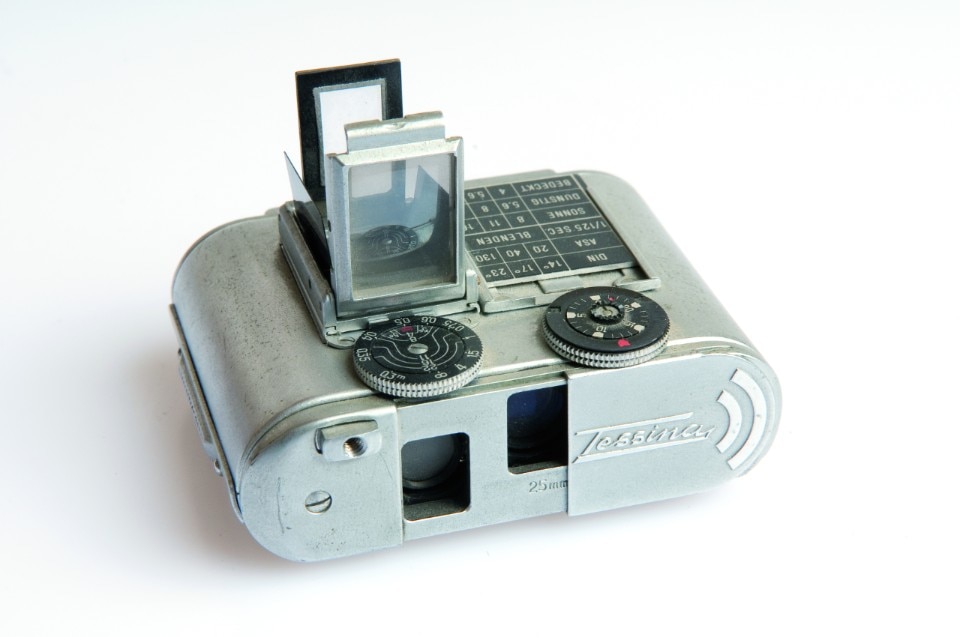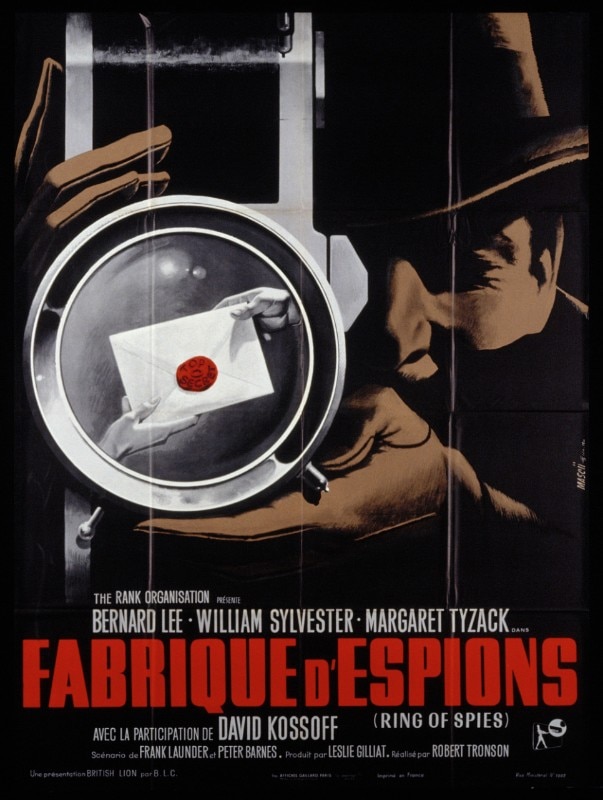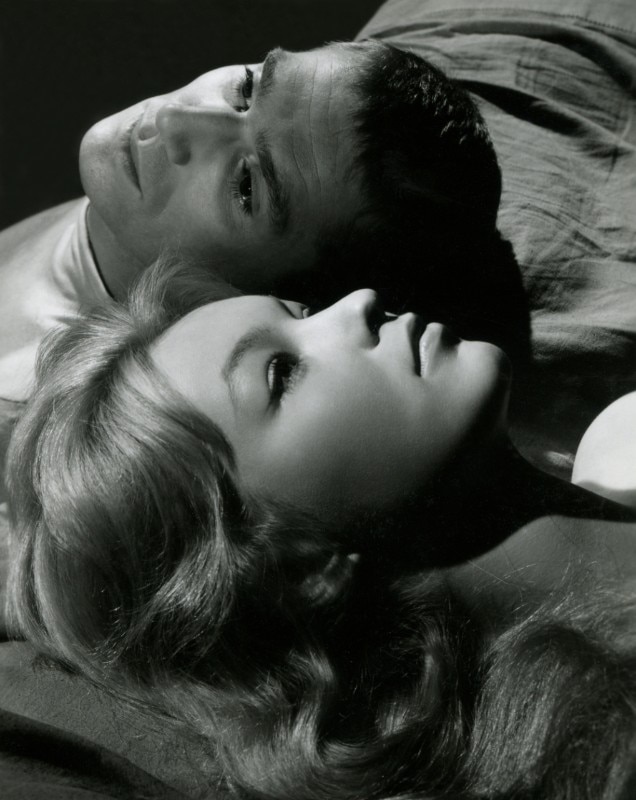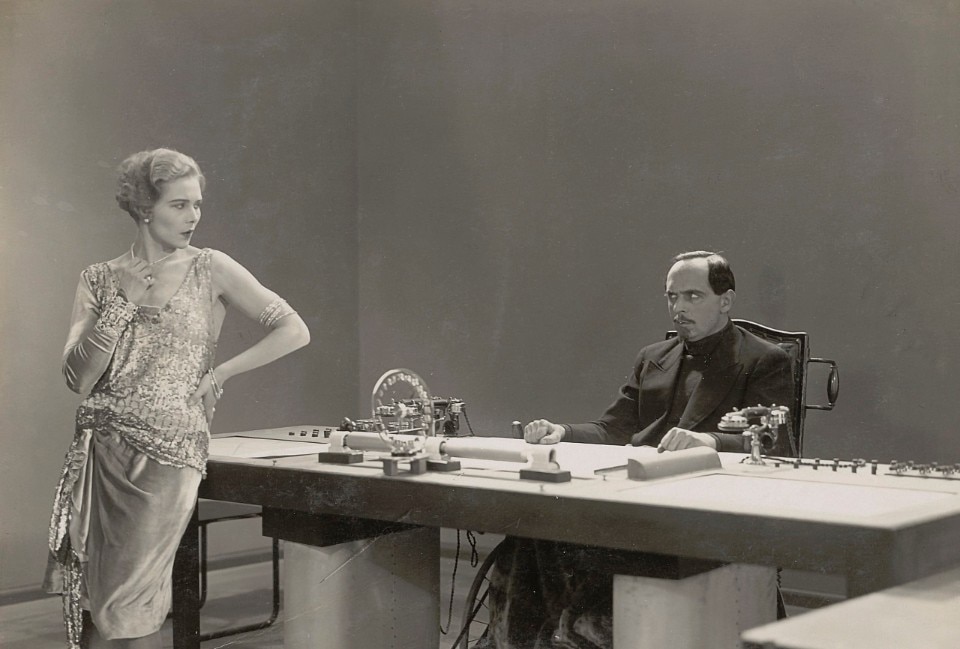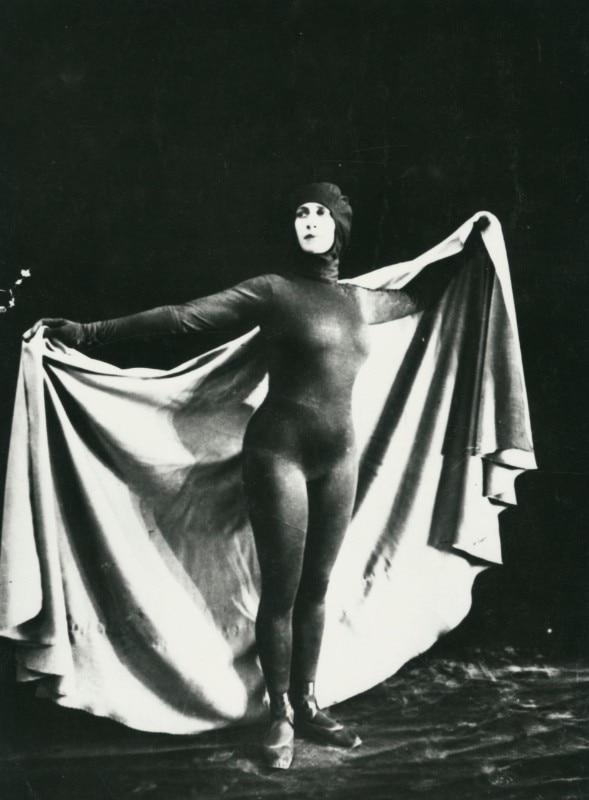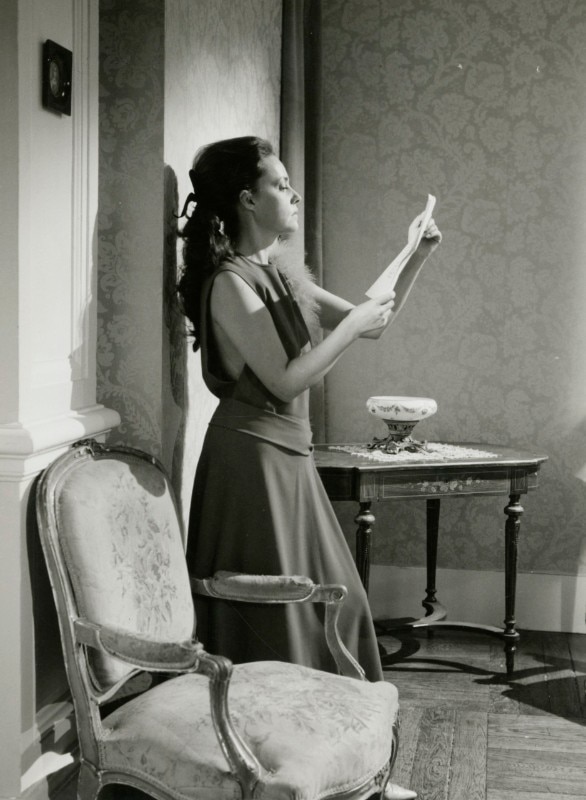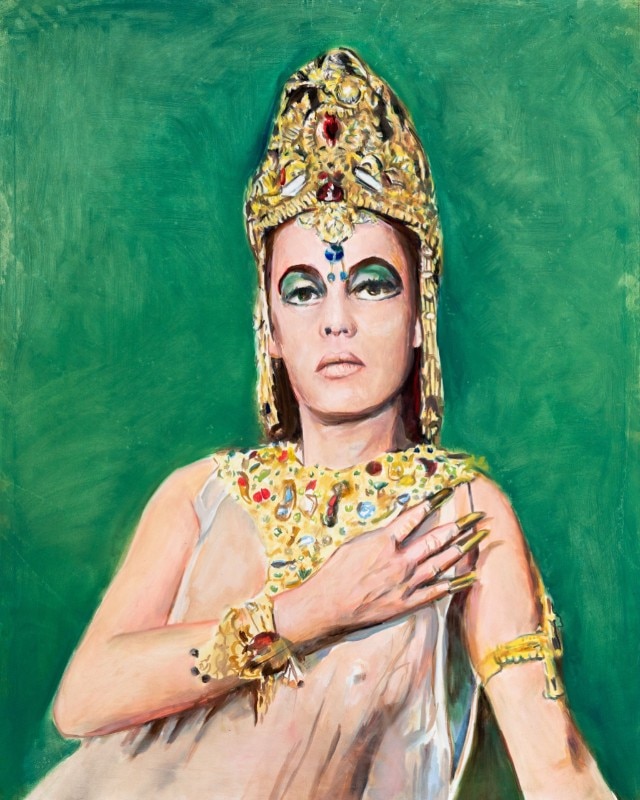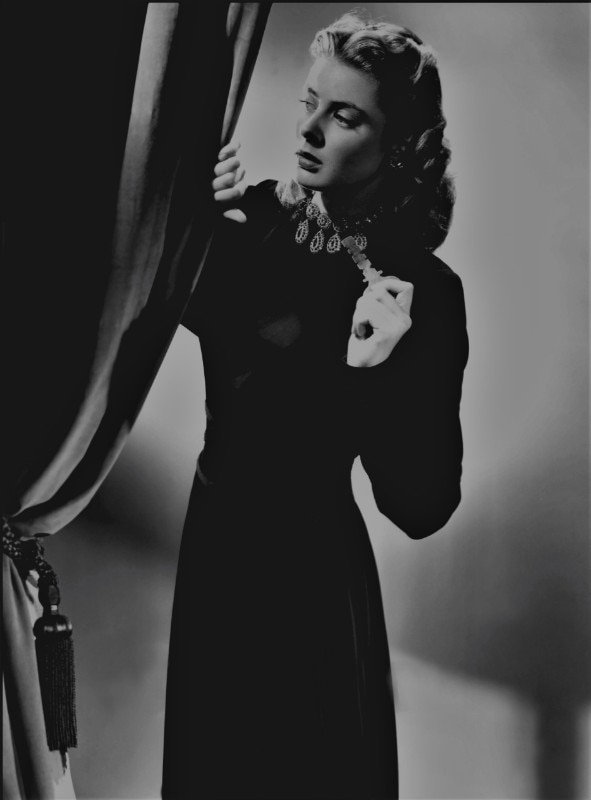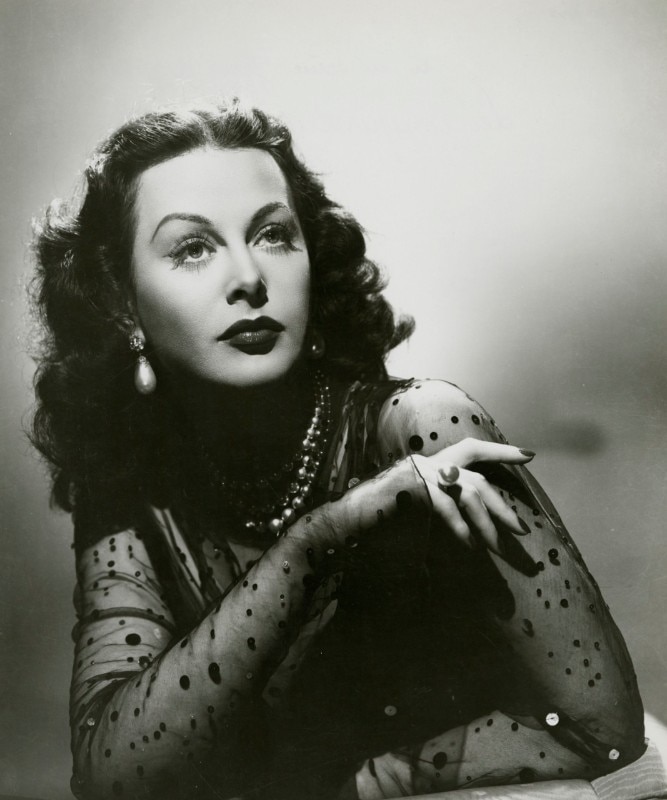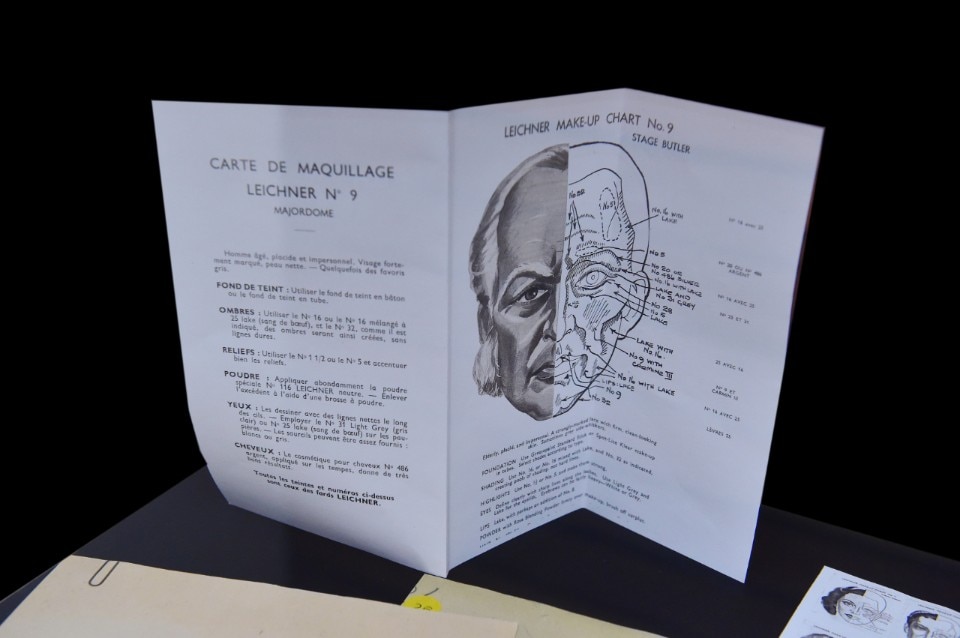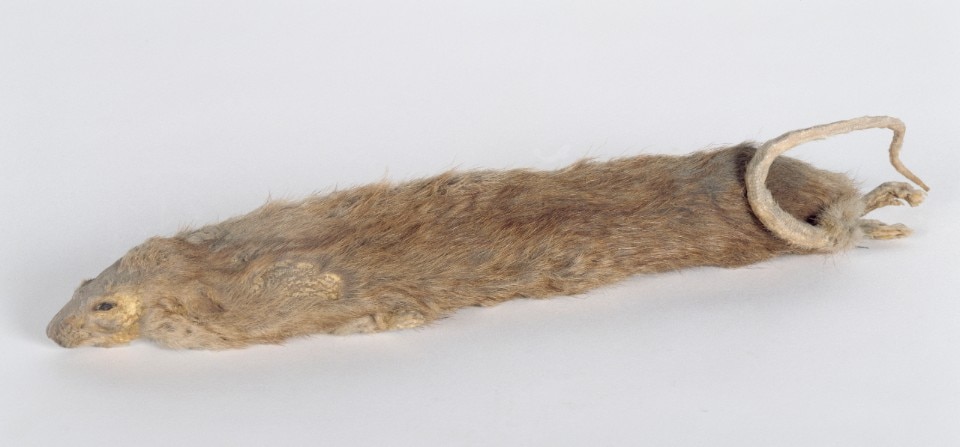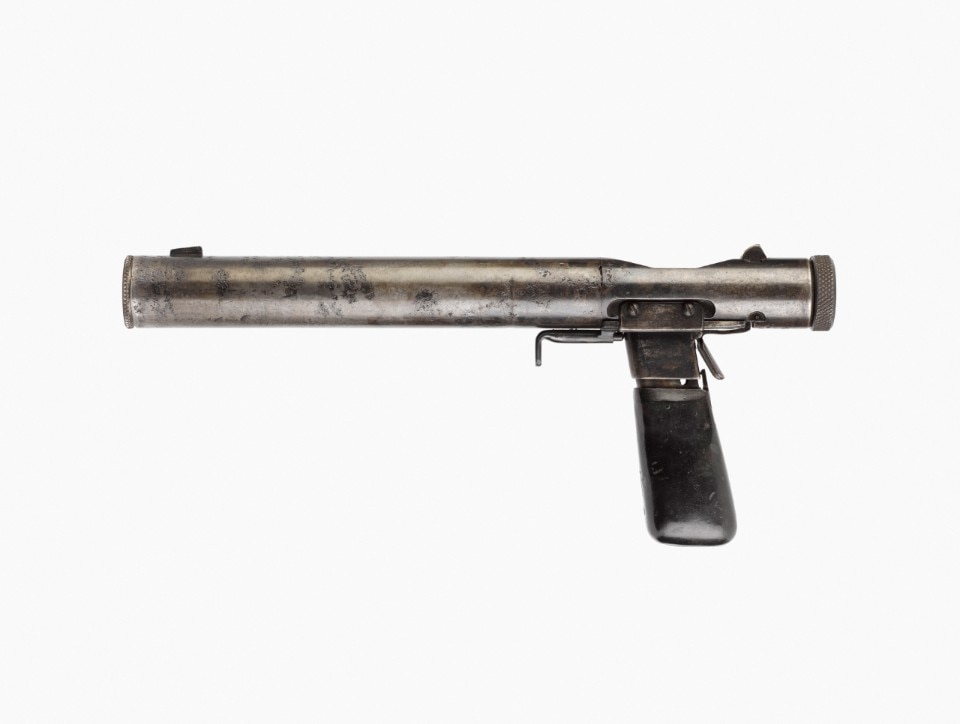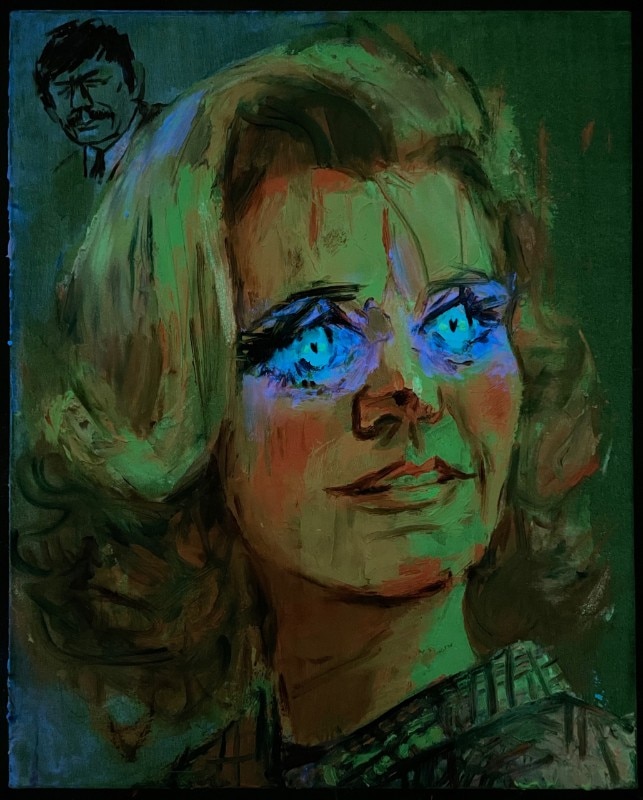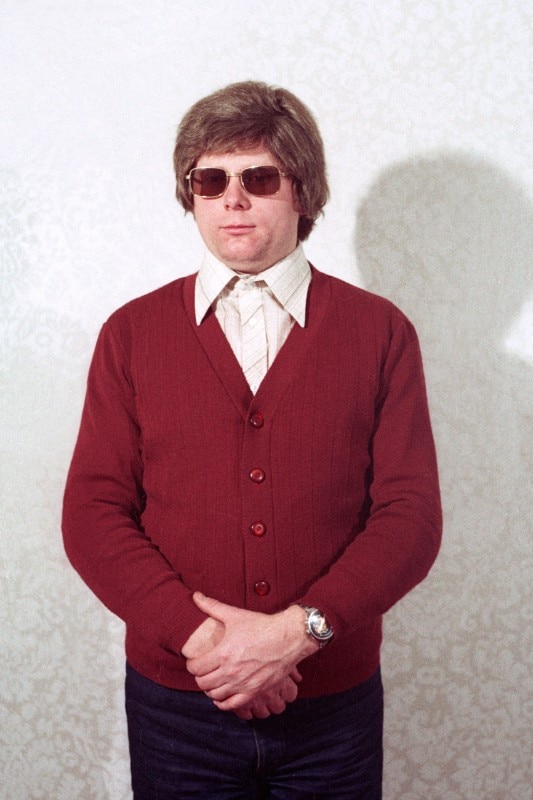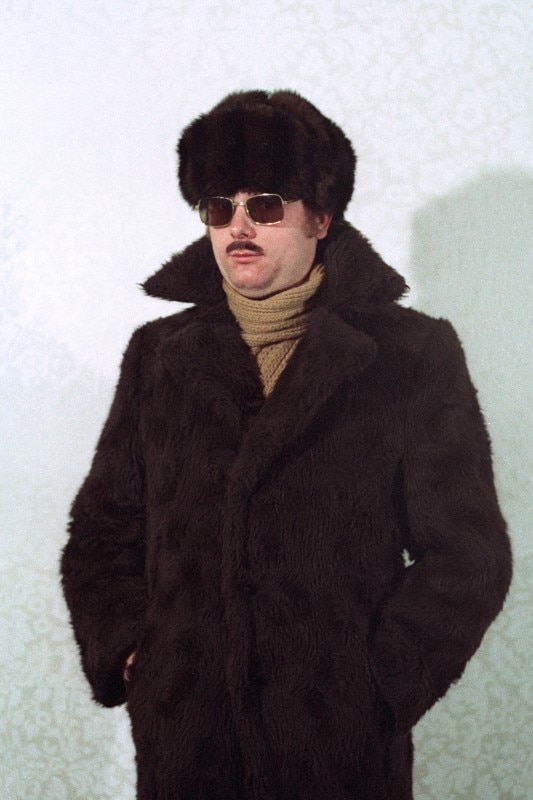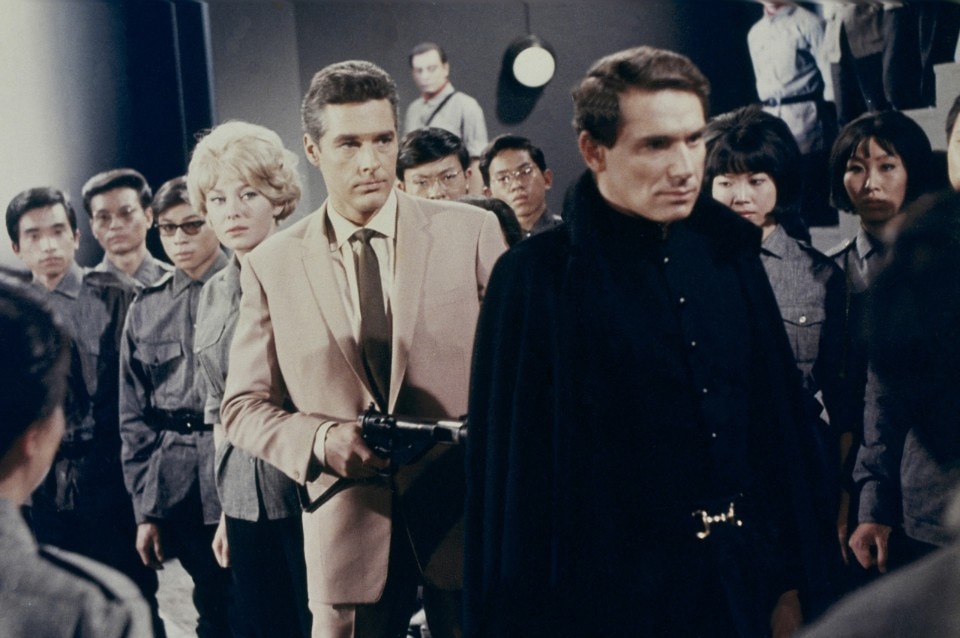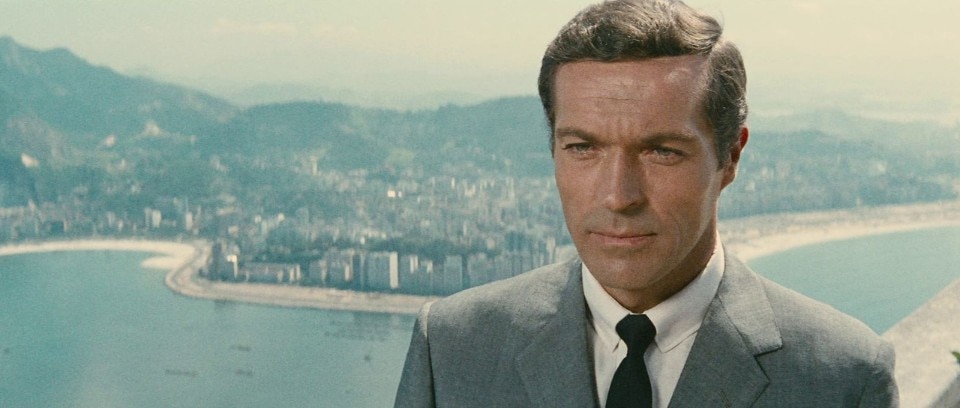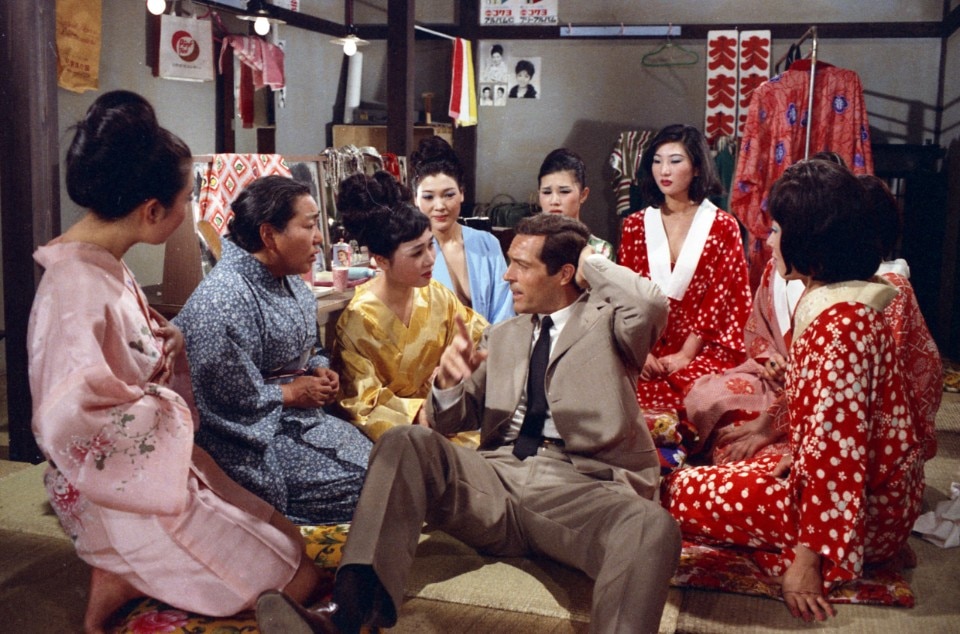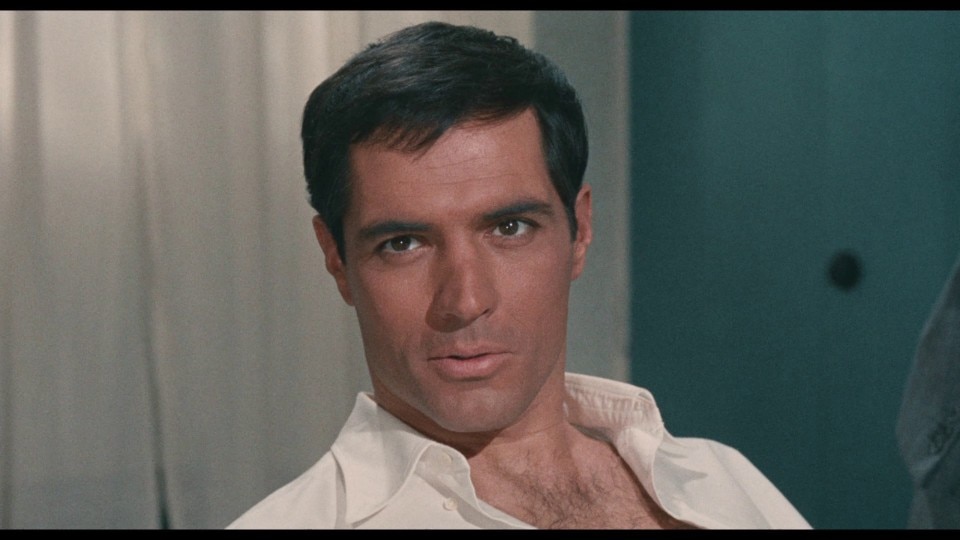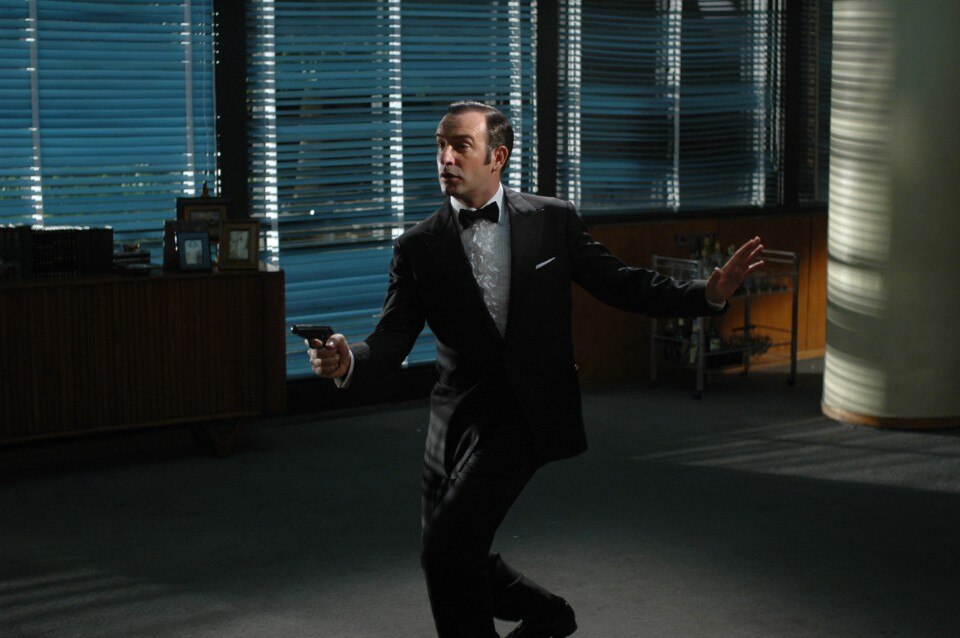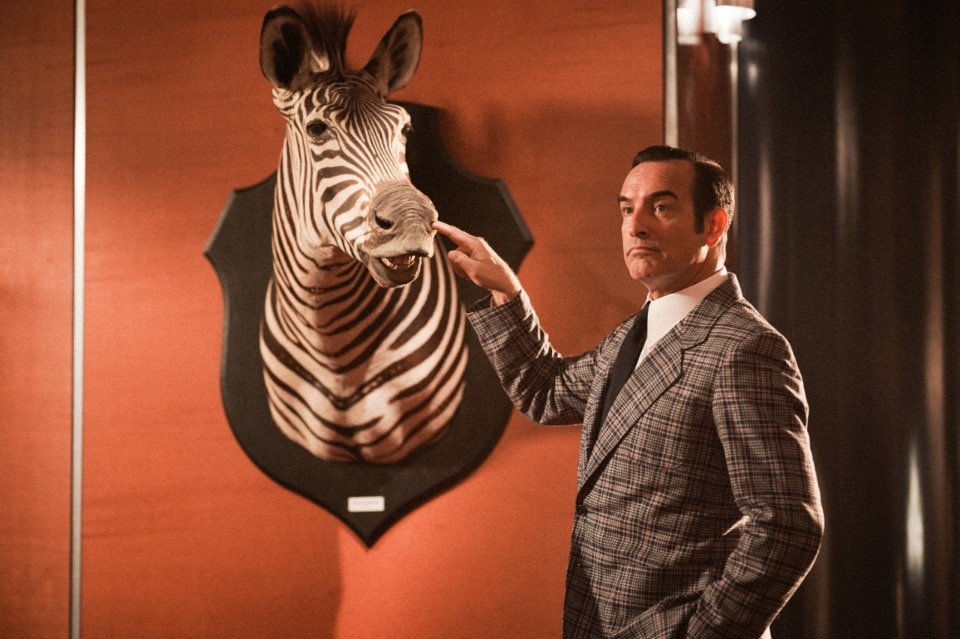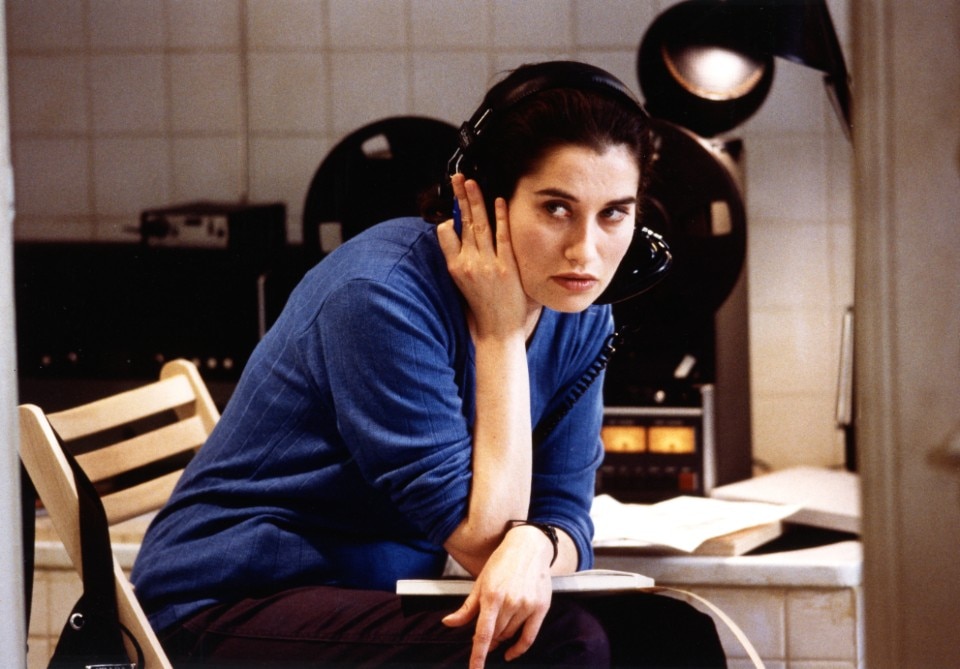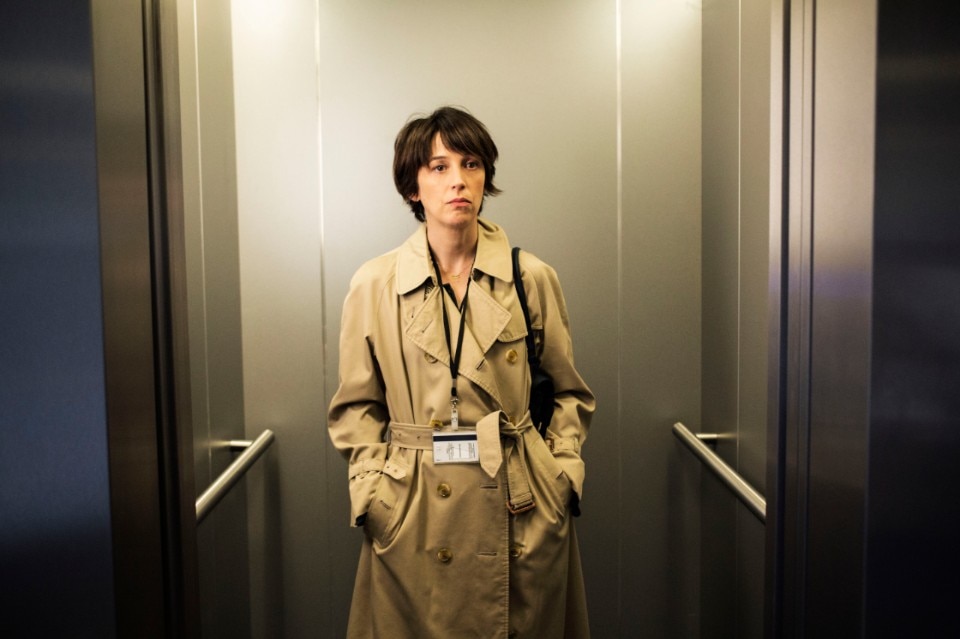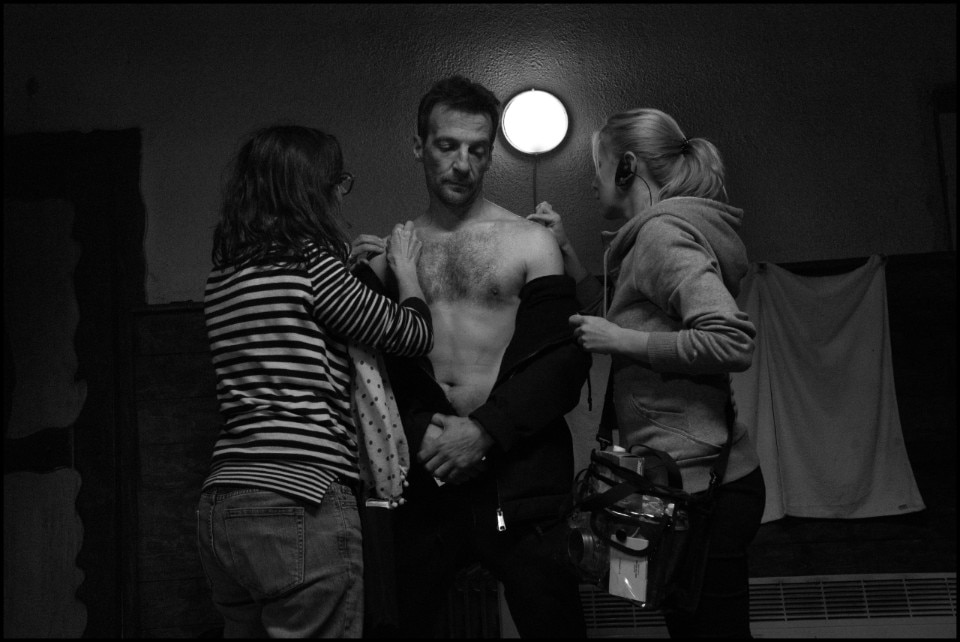Cryptography, simulacrum, brainwashing: these are topics that contribute to making the spy the mysterious and romantic character who has animated the fantasies of directors such as Alfred Hitchcock, Fritz Lang, John Houston. From silent movies to the latest blockbusters, the combination of film and espionage is constantly regenerated in the art of moving images, often treading the course of history. The exhibition “Top secret: Cinéma et Espionnage” at the Cinémathèque française in Paris, curated by Alexandra Midal and Matthieu Orléan, offers a fresh look at them. Transcending clichés, the exhibition dedicates a space to female detectives who have taken part in the history of cinema since its origins (removing them from the sexist honey trap stereotype) and pays tribute to the key role of design and interior sets in defining the framework of stories and their hidden meaning.
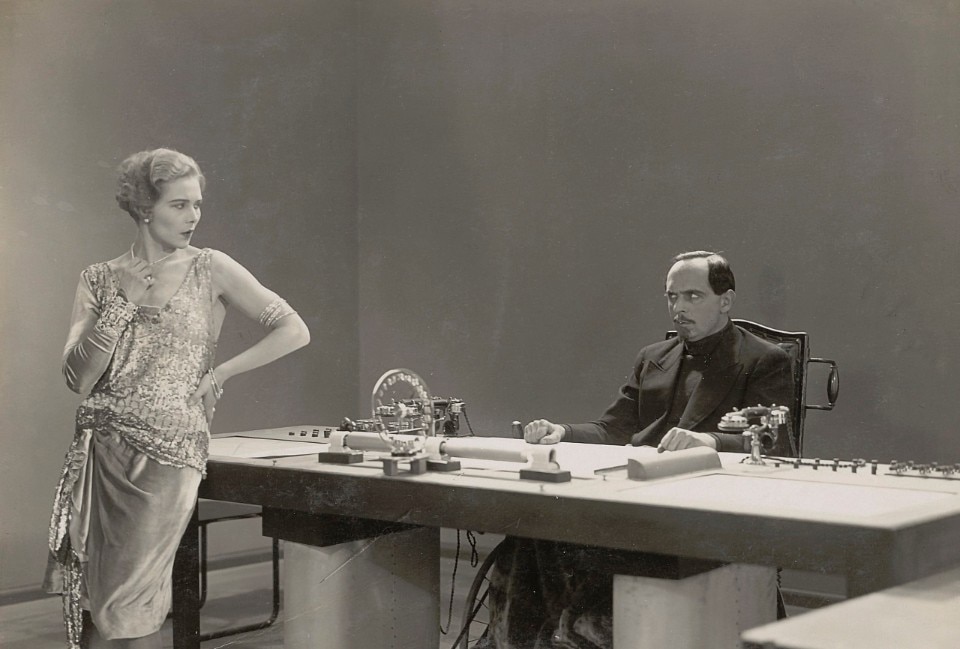
Like a talented actor, the detective knows how to disguise himself and switch from one personality to another. Like a skilled film–maker, he is familiar with the art of faking reality to tell a story; he knows how to make use of technology in order to frame hidden scenes and record sounds remotely. The core of this commonality consists of many highly sophisticated devices. And it is precisely around these devices that a technophilia develops, which is exemplified by the countless numerous “gadgets” in the exhibition. Rare and original documents (umbrellas, cigarette cases, suitcases, lighters with cameras, etc.) that in revealing and exposing the complex spy mechanisms concealed within common household objects highlight how design and technology insinuate themselves into our daily intimacy, acting in our unconscious, controlling it and transforming our lives.
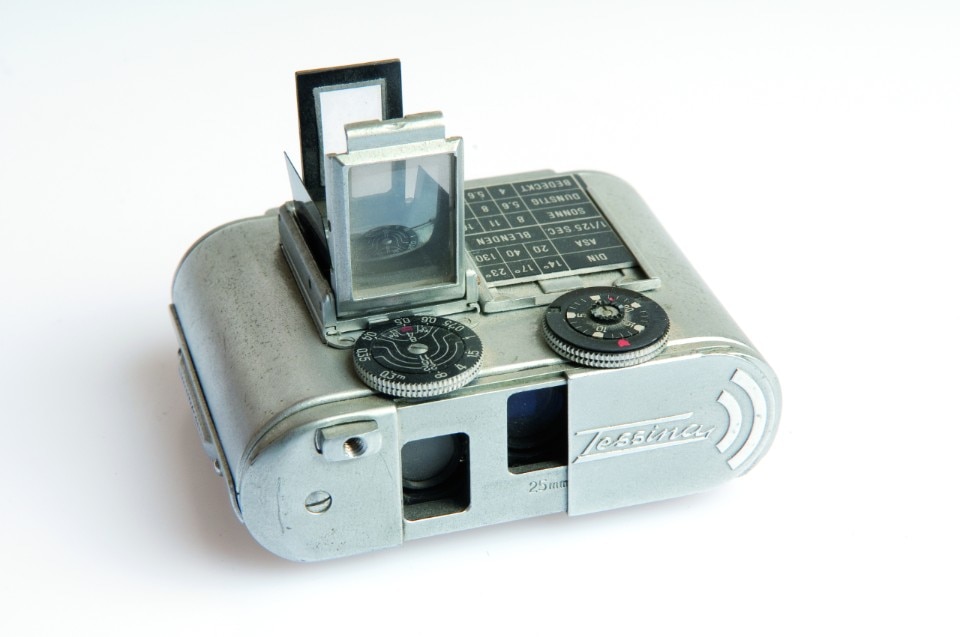
It is no coincidence that the popular success of spy cinema peaked in the 1960s, at the height of Cold War tensions. At that time, cinematic fiction became a place for dialogue between East and West, in which the superpowers could learn about the adversary’s procedures and technological advances while clarifying each other’s ideological structures. The world of espionage appeals to the gaze both strategically and visually and aesthetically. In cinema, diegetic space plays a key role in creating a narrative tension, something design does not refrain from. Large glass windows and wide surfaces, unfolded roller shutters and filtered lights on glossy furniture: the sets of spy films, often characterized by a postmodern aura, draw geometries and vanishing lines that overwhelm the viewer’s eye in the dynamic dialogue between space and action.
The exhibition showcases valuable sketches of some iconic interiors, including those by Alfred Junge for The Man Who Knew Too Much (Alfred Hitchcock, 1934), Jean d’Eaubonne for Charade (Stanley Donen, 1963), Lucien Aguettand for Nick Carter va tout casser (Henri Decoin, 1964) and others. Special space is devoted to Ken Adam, the Oscar-winning decorator of James Bond, who contributed more than 70 sets to the art of film–making, including the memorable war room in Dr. Strangelove (Stanley Kubrick, 1964).
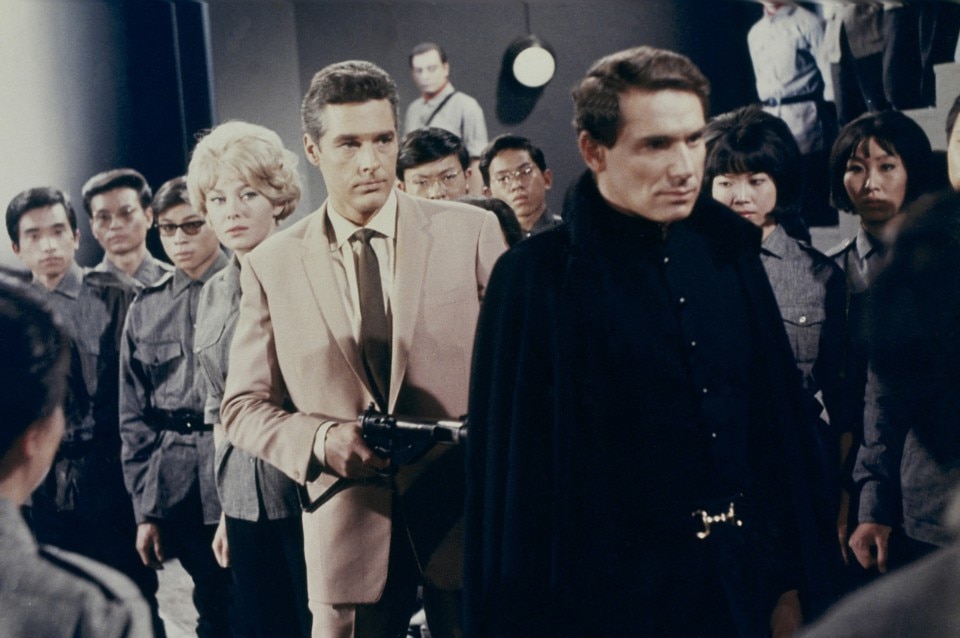
On the big screen, design and technique (even science fiction) generate a combination of which The Ipcress File (Sidney J. Furie, 1965) is one of its most original examples. Indeed, one of the torture scenes is inspired by Ken Isaacs’ Knowledge Box, in which spy Harry Palmer (Michael Caine) manages to withstand a brainwashing. The designer had come up with an enclosed spatial and audiovisual device, the result of research on immersive pedagogy, in which the person inside was bombarded with sound and images projected on the walls for about five minutes. Isaacs was reportedly contacted by the CIA, which was probably interested in the project for MK–Ultra operations, the secret mind control program.
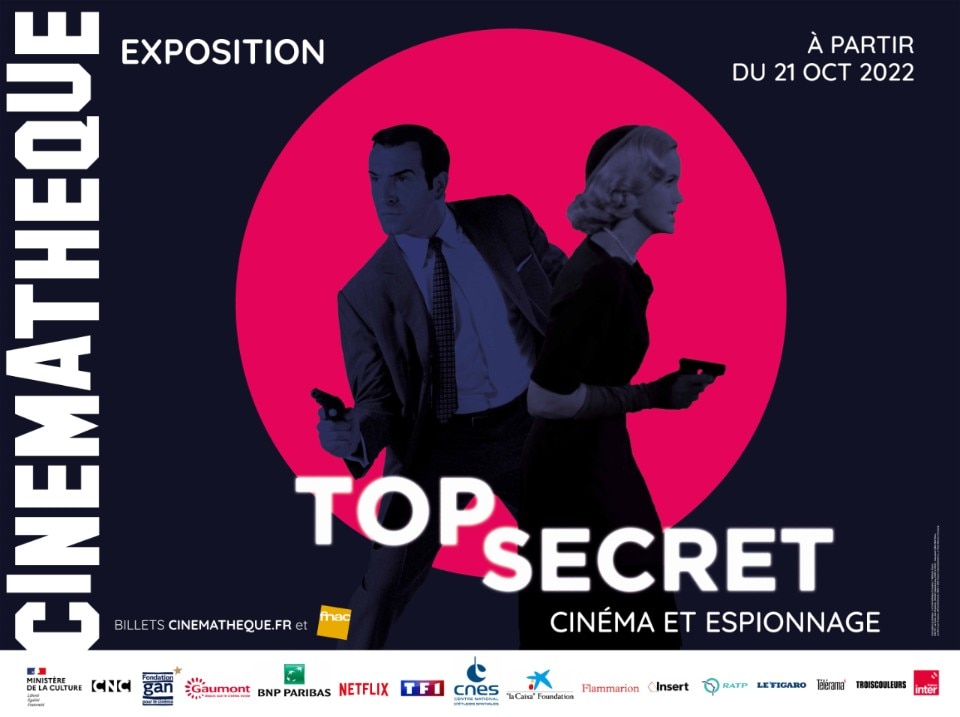
“Top secret” is a true exhibition around the history and geopolitics of modernity by means of the design of ambiguity and secrecy, concluding with a look at the technological practices of the 21st century, in which the art of intelligence raises ethical and political questions that generate new artistic forms and many anxieties about the status of our reality.


